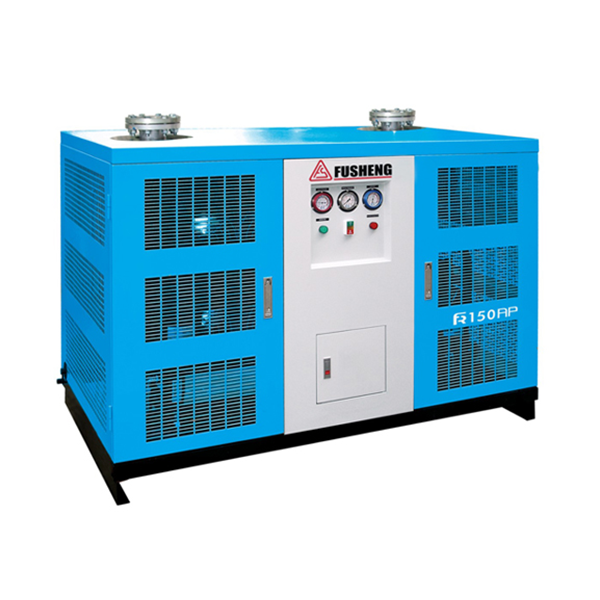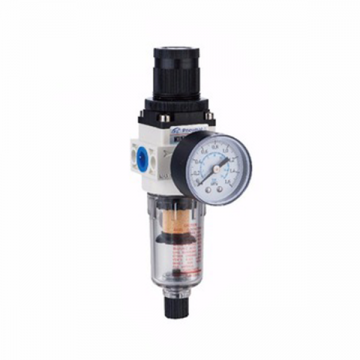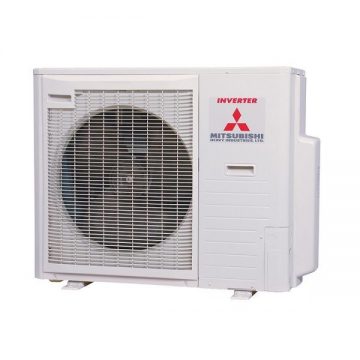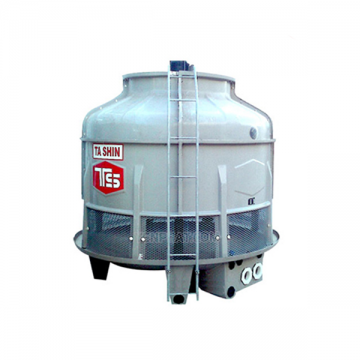A compressed air dryer is used for removing water vapor from compressed air. Water vapor is removed from compressed air to prevent condensation from occurring and to prevent moisture from interfering in sensitive industrial processes. Compressed air dryers are commonly found in a wide range of industrial and factories
The process of air compression concentrates atmospheric contaminants, including water vapor. This raises the dew point of the compressed air relative to free atmospheric air and leads to condensation within pipes and the compressed air cools downstream of the compressor. Excessive water in compressed air, in either the liquid or vapor phase, can cause a variety of operational problems for users of compressed air. These include freezing of outdoor air lines, corrosion in piping and equipment, malfunctioning of pneumatic process control instruments, fouling of processes and products, and more. There are various types of compressed air dryers. Their performance characteristics are typically defined by the dew point.
Refrigerated dryers
A refrigerated air dryer removes moisture from the air through use of air heat exchanger. Refrigeration dryers employ two heat exchangers, An air-to-refrigerant heat exchanger is used to cool the air so that the vapor condenses into water. This water is then collected and drained out of the system leaving only dry air and cool. A refrigerated dryer typically has a dew point around 3-7oC.. The compressors used in this type of dryer are usually of the hermetic type and the most common gas used is R-134a and R-410a for smaller air dryers up to 100 cfm. Older and larger dryers still use R-22 and R-404a refrigerants.
Regenerative desiccant dryers
Regenerative desiccant dryers use a desiccant medium to remove moisture from the compressed air stream. Wet air passes directly through the desiccant medium, which then adsorbs the moisture. The desiccant medium has a finite capacity for adsorbing moisture before it must be dried out, or regenerated. To do this, the tower containing saturated desiccant medium is depressurized and the accumulated water is driven off using purge air, heat. Desiccant dryers are generally of a twin-tower construction, with each tower containing its own desiccant bed. This allows one bed to dry compressed air as the other undergoes regeneration. Regenerative dryers can achieve dew points of -40C to -70C and are a perfect solution for dry compressed air.





